Sejong Singwangsa Temple (신광사 (세종))
3.5 Km 7054 2023-04-07
24, Togolgogae-gil, Sejong-si
+82-44-865-5601
Singwangsa Temple is located on Nojeoksan Mountain. It is estimated to have been built 160 years ago, and renovated in 1920 by head monk Lee Gyeong-jik. The temple, originally called Togoljeol or Suryangsa, was renamed Singwangsa by monk Hyewon in 1980. Visitors will discover that this temple is filled with youthful energy. Although the temple has a short history, its location near Hongik University Sejong Campus has helped the temple become popular among college students.
Cheonghyang Ilsik (청향일식)
3.6 Km 13973 2017-03-07
97, Jangan 1-gil, Jochiwon-eup, Sejong-si
+82-44-866-7725
Cheonghyang Ilsik is a Japanese restaurant specializing in seafood made with fresh fish and shellfish. In addition to serving delicious dishes, the restaurant also presents a traditional interior design complete with wooden and roof tiles.
Jocheon Lotus Park (조천연꽃공원)
3.8 Km 0 2024-02-20
226 Beonam-ri, Jochiwon-eup, Sejong-si
Jocheon Lotus Park is an ecological park established by cultivating white lotus, red lotus, and water lilies on abandoned agricultural land. Developed on former farmland, the park blossoms with vibrant lotus flowers during the summer months of July and August. As visitors stroll along the deck path, they can relish the soothing sounds of Jocheon Stream. The pathway along the Jocheon Riverside is especially scenic in spring, adorned with cherry blossoms, earning it the name Jocheonbyeon Cherry Blossom Path. This provides a picturesque backdrop for flower viewing and photography.
Yeongi Folk Museum (연기향토박물관)
4.8 Km 11867 2019-03-18
34-4, Yangdae-gil, Yeonseo-myeon, , Sejong-si
+82-44-862-7449
Opened in August 1966, the Yeongi Folk Museum showcases relics found in the old site of Sejong Special Self-Governing City. Over 1,000 relics, including Buddhist statues, weapons, pagodas, earthenware, porcelain, bronze ware, roof tiles, paintings, letters, houseware, kitchenware, farming tools, and others are arranged by era.
K-Beauty Gallery (K-뷰티갤러리)
6.2 Km 4472 2019-03-19
123, Osonggarak-ro, Osong-eup, Heungdeok-gu, Cheongju-si, Chungcheongbuk-do
+82-43-220-4543
K-Beauty Gallery, located inside Osong KTX Station in Chungcheongbuk-do, opened its doors on April 3, 2014. K-Beauty Gallery serves as a venue for the exhibition of promotional and advertising materials used by the Cosmetics & Beauty Expo Osong Korea held in 2013. It also sells various cosmetics and beauty products at the store “Beauty is You.” In addition, exhibitions at the gallery showcase everything beauty-related from traditional styling and make-up techniques to the latest trends in the beauty industry.
Geumisanseong Fortress (금이성)
6.3 Km 12330 2020-03-17
Songseong-ri, Sejong-si
+82-44-300-3444
Geumiseong is a mountain fortress built on the summit of Geumseongsan Mountain, which rises 430 meters above sea level. It overlooks Jeonui and Cheonan to the north and Geumgang River to the south. The architecture style of Geumiseong Fortress is a combination of the
styles of the Baekje dynasty and the early Unified Silla. Based on the relics found inside the fortress, it is thought to have been built in the Goryeo period. The robustness of the fortress takes advantage of the rugged topography, so much so that it had been known as ironclad bastion among common people.
The eastern side of the fortress has considerably collapsed, but the southern part is in a relatively good condition. The western and northern walls are also in bad conditions.
Some earthenware pieces were found where there once stood a watchtower. Also, some pieces of roof tiles were found where there was a fortress building in the central part of the fortress on mountain summit. The earthenware pieces are hard porcelain and soft glass wares like bowls and pots. The tile pieces mostly feature fishbone patterns in dark gray color.
Café Droptop (Osong Underpass Branch) (드롭탑 오송역언더패스점)
6.3 Km 0 2024-02-23
15-4 Osong-ri, Osong-eup, Heungdeok-gu, Cheongju-si, Chungcheongbuk-do
Situated at KTX Osong Station, Café Droptop is a 24-hour unmanned coffee shop within a distinctive yellow container. Here, robots are tasked with preparing a wide selection of drinks, including espresso, latte, and caffè mocha. The café offers free parking on the day of purchase, enhancing its appeal. Conveniently, it's just a 5-minute walk from the Korail platform and near Exit 3 of Osong Station.
Biamsa Temple - Sejong (비암사(세종))
6.3 Km 15365 2020-04-02
137, Biamsa-gil, Sejong-si
+82-44-863-0230
The origin of Biamsa Temple is unknown, but the temple's architectural features suggest that it was built during the mid Goryeo dynasty period (918-1392). The Geungnakbojeon Hall and the three-storied pagoda inside the temple have been designated as Cultural Properties of Chungcheongnam-do Province. The flamboyang and delicately crafted datjip (canopy) inside the Geungnakbojeon Hall was restored in 1657 during the 8th year of King Hyojong's reign.
In the yard in front of the Geungnakbojeon Hall stands the three meter-high Samcheungseoktap (three-storied stone pagoda). With the discovery of Samyeongunsang stone statues near the top of the pagoda, Biamsa Temple became more widely known to the public. Among the stone statues, Gyeyumyeongjeonssi-amitabul-samjonseoksang (three Buddha statues) has been named as National Treasure No. 106, and Gichukmyeong-amitayeorae-jebulbosalseoksang (statue of Amitabha bodhisattva) and Mireukbosal-bangaseoksang (statue of Maitreya bodhisattva) have been designated as National Treasures No. 367 and No. 368, respectively. The stone statues are preserved in National Museum of Korea. Meanwhile, the three-storied stone pagoda was designated as Tangible Cultural Property No. 119 of Chungcheongnam-do Province on July 19, 1985.
Sejong Cheongansa Temple (청안사(세종))
7.7 Km 6651 2021-07-21
128-23, Ganeusil-gil, Jeonui-myeon, Sejong-si
+82-44-867-3407
Sitting at the foot of a mountain near Ganeusil Village, Cheongansa Temple belongs to the Jogye Order of Korean Buddhism. It had been believed to have been built in 1900, but the roof tile and white porcelain pieces from the mid-Joseon dynasty period found near the temple suggested that it might have been built even earlier. Cheongsansa had also been thought to be a branch of Biamsa Temple, which is presumably built in the 7th century during the late Baekje kingdom period.
Haklimjae [Korea Quality] / 학림재 [한국관광 품질인증/Korea Quality]
8.4 Km 3 2021-03-29
75-3, Taesan-gil, Sejong-si
This hanok (traditional Korean house) accommodation is located in Taesan-ri, Janggun-myeon, Sejong Special Self-governing City. Its doors open to an expansive and handsome grass courtyard, with stone fences, a pond, a pavilion, stone figures, pine trees, and a furnace with a cast-iron pot.
The entire house with a courtyard is rented out in whole, with three rooms, a kitchen, a living room, and two bathrooms. There are a beam projector and a karaoke machine in the house, which makes it popular for family gatherings, corporate training sessions, or club meetings. The house has also been used for traditional marriage ceremonies and outdoor exhibitions. An outdoor barbecue area allows the guests to do some outdoor grilling, but guests can also opt to use the furnace and the traditional cast-iron pot for grilling as well. Seasonal vegetables and fruits grown in the garden are offered to guests free of charge as well. The management also offers traditional sauce-making, wood carving, tea ceremony, and meditation upon reservation.

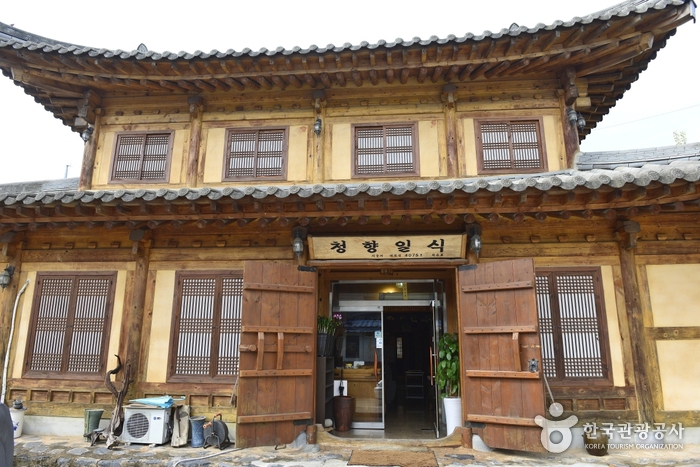
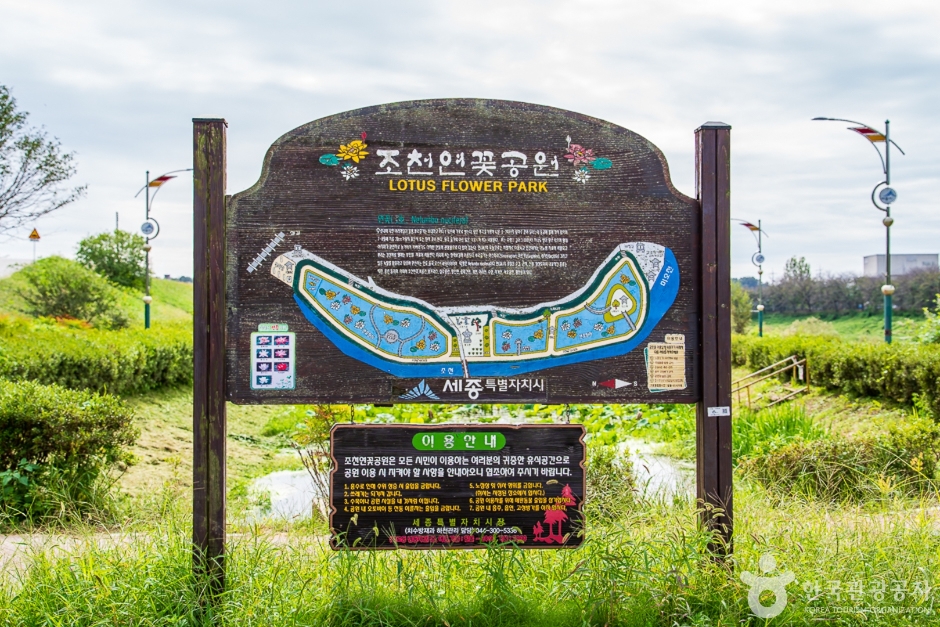
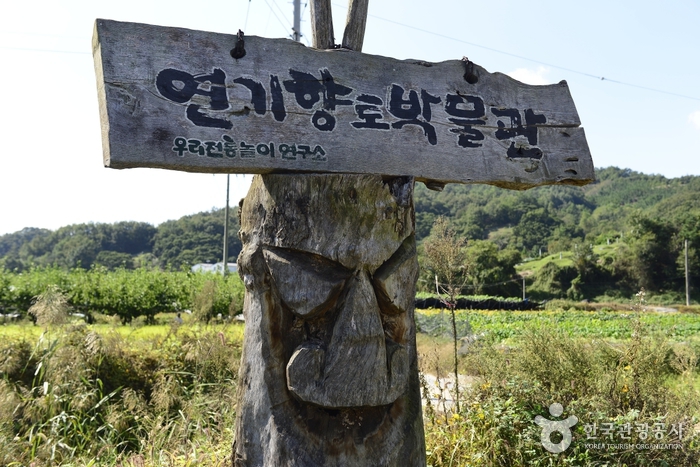
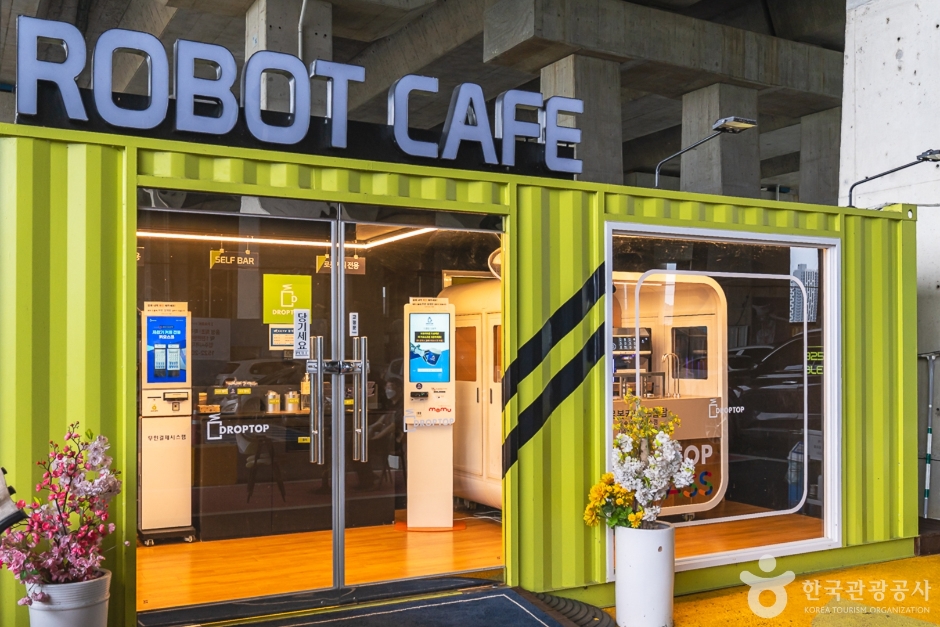
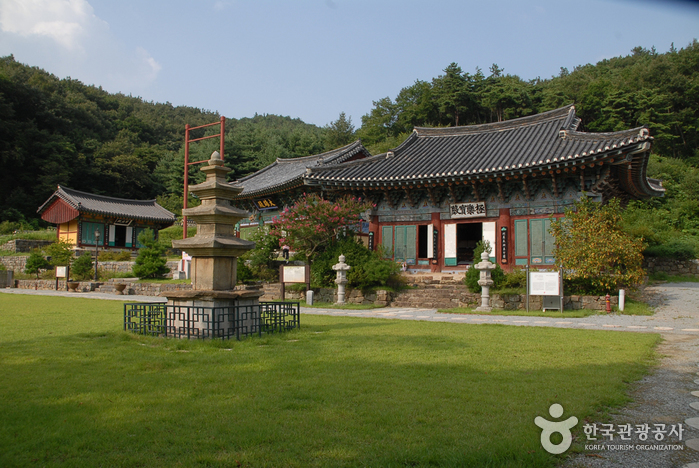
![Haklimjae [Korea Quality] / 학림재 [한국관광 품질인증/Korea Quality]](http://tong.visitkorea.or.kr/cms/resource/56/2707656_image2_1.jpg)
 English
English
 한국어
한국어 日本語
日本語 中文(简体)
中文(简体) Deutsch
Deutsch Français
Français Español
Español Русский
Русский